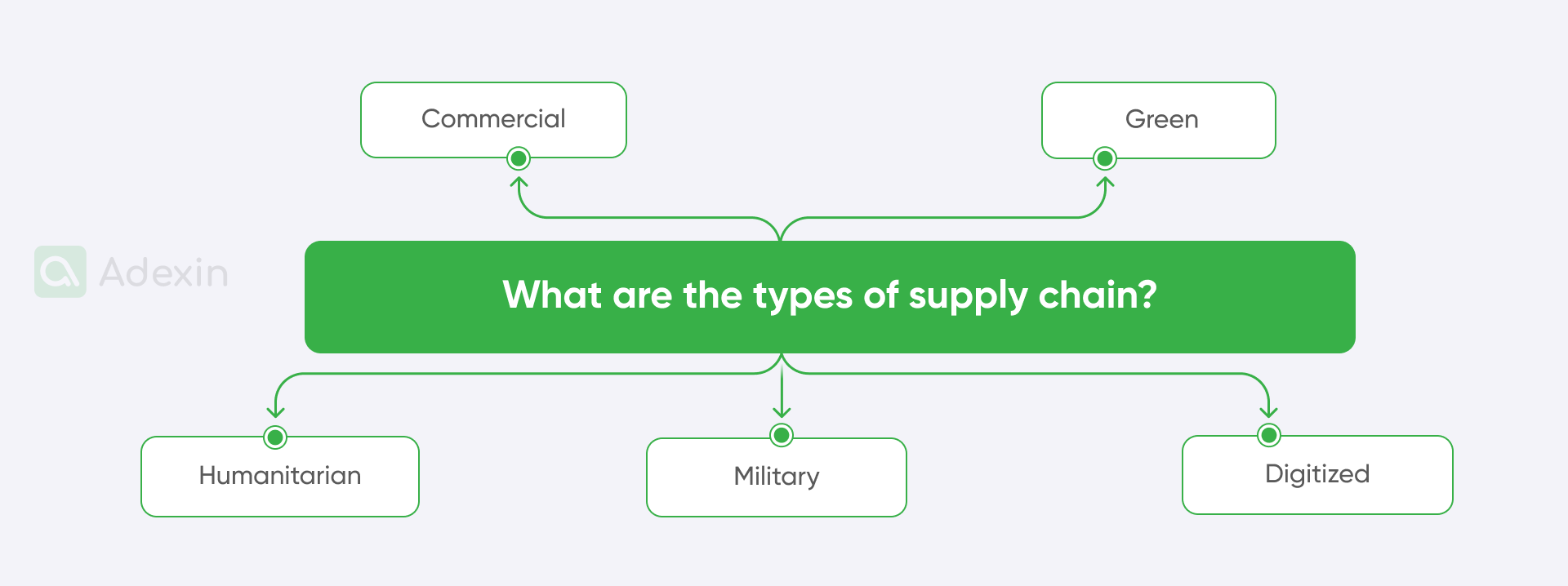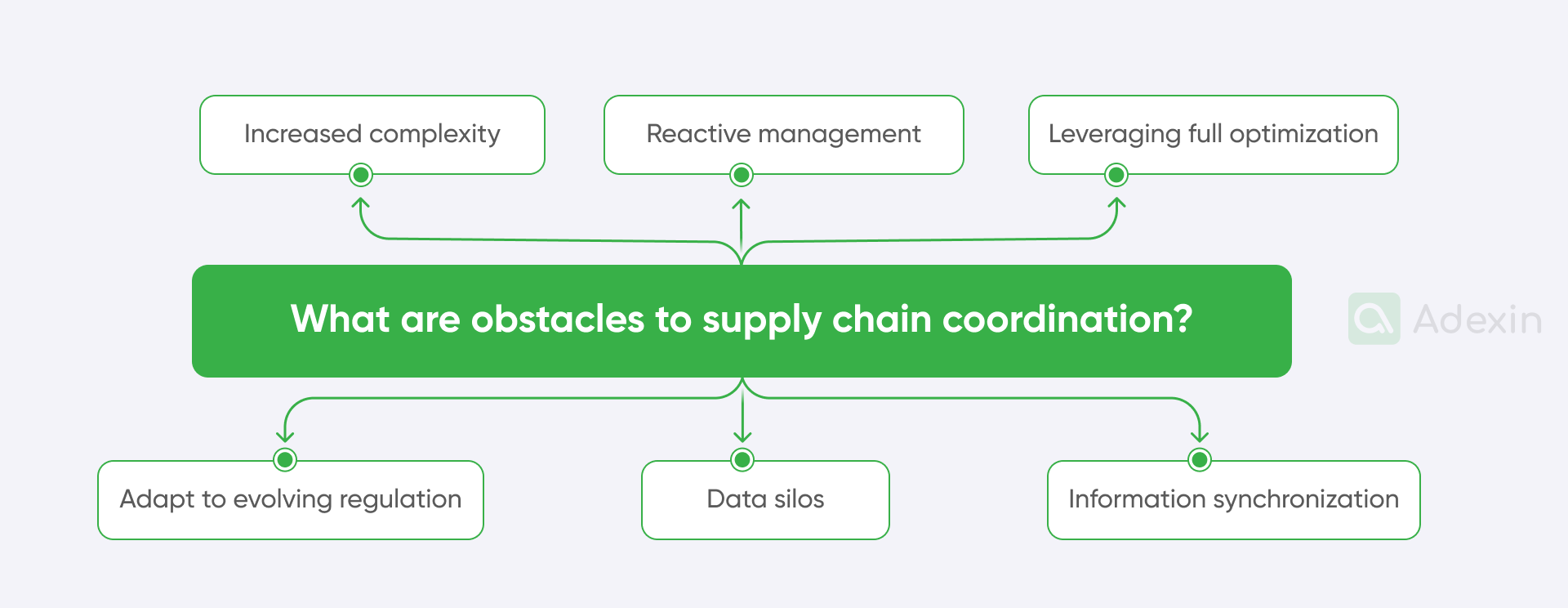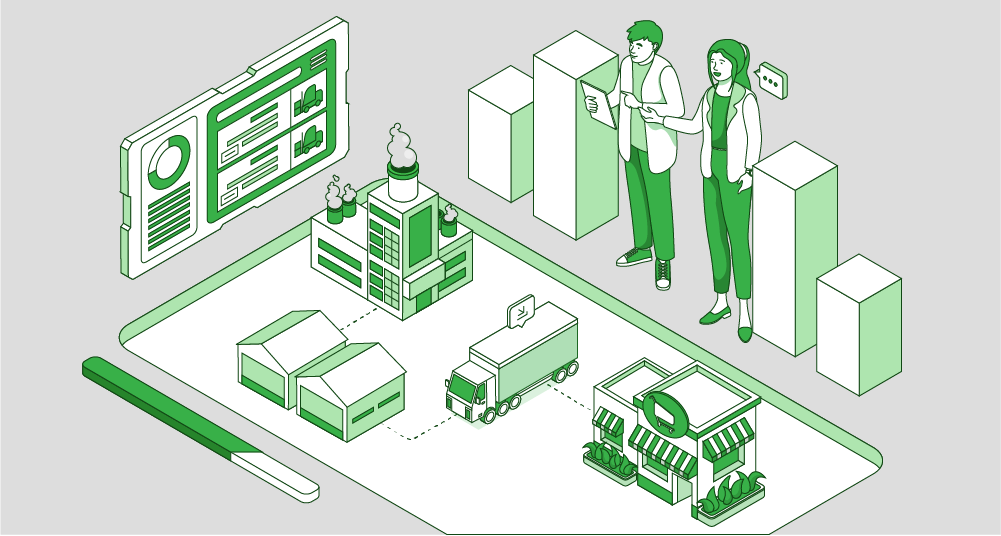The global supply chain, an interconnected web of complex processes, is constantly buffeted by a storm of dynamic forces, which originate from economic reasons but lately also arise from wars between countries. From geopolitical shocks to shifts in customer demand, the ability to manage supply chain coordination is no longer just an advantage but a necessity for survival.
2024 is a stark reminder of this reality as the US administration levied a 25% tariff on all imports from Mexico and Canada. This exemplifies trade wars and navigating an increasingly turbulent trade landscape. However, conventional wars between countries create a much higher impact on supply chain performance since, for example, the Red Sea crisis, where terrorists fired on merchant vessels in the Red Sea, particularly in the Bab-el-Mandeb, the southern maritime gateway to the Suez Canal, damaged the global economy. Within one year, more than 60 vessels in the Red Sea were impacted.
Yet, amidst these shifts, certain currents surged with unexpected misses in supply chain coordination efforts. For a keen supply chain manager like Mark, a Dutch manager working for a global supply chain company, these movements were not merely statistics but vital signals demanding strategic foresight. These figures vividly depict a supply chain in constant flux and disruptions. In this complex ecosystem, every decision, every tariff, and every shift in consumer behavior sends ripples across continents. In such an environment, the question isn't if disruptions will occur but how effectively the agile supply chain manager, such as Mark, navigates complex European and international trade policies with his perspective from a global Dutch company.
The following article will explore the strategies and insights necessary to master supply chain coordination and operational excellence. It will equip you to navigate the complexities of tomorrow's global marketplace and tell you how to significantly enhance efficiency while minimizing costs.
What are the types of supply chain?
There are five distinct types of supply chains, each with unique objectives, constraints, and resource considerations. While the commercial supply chain is the most widely recognized, the other four green, digitized, warrior, and humanitarian represent specialized and increasingly important approaches to managing the flow of goods and services.

The commercial supply chain management
This traditional supply chain focuses on profit maximization and ensuring a continuous supply. Its primary objective is internal survival through profitability, constrained by the need for supply chain coordination for competitiveness. Resources are adapted to achieve efficiency and agility, as well as leveraging technology.
The green supply chain management
The GSCM integrates environmental concerns with brand image. Its objective is ecological integration and enhanced brand perception, often constrained by sustainable supply chain regulations requiring ecological impact data exchange and robust return logistics, with automating processes and better shipment tracking to prevent losses.
The digitized supply chain management
Beyond simple digitization, DSCM aims for reactivity and effectiveness through technological transformation. Its objectives include direct consumer contact and brand image enhancement. Constraints involve evolving economic models. They shift into power dynamics due to new technologies and sociological changes in customer behavior.
The military supply chain management
This complex supply chain operates in highly volatile environments, often involving military operations. Its characteristics include managing multiple parallel war chains like economic, political, digital, a civil-military blend, and strategic positioning of nations. It's unique for its reliance on notions of patriotism and nationalism.
The humanitarian supply chain management
Driven by a non-profit objective, this SCM provides essential services like disaster relief and medical aid. It aims to satisfy beneficiaries by adapting services and reacting quickly despite limited resources. Constraints include relying on voluntary actors and external assistance.

What are the obstacles to supply chain coordination?
A veteran supply chain manager, Mark Duch, knew the game was changing. For years, he'd navigated the intricate dance of global logistics. It all boils down to balancing cost, speed, and reliability. It has felt less like a dance and more like a high-stakes chess match played across continents. So, without a doubt, new rules emerge every day.
Mark remembered reading about DHL's vision for 2030. Since DHL is always highlighting pivotal technologies like big data, sensor technology, augmented reality, 3D printing, robots, and drones, we've seen their implementations.
Well, it wasn't sci-fi anymore, many of these solutions were already being implemented by DHL. Mark has seen companies prioritize investment in advanced production scheduling 35% and execution systems 33% to build the needed smart manufacturing foundation.
He attempted to frame the real problems in supply chain management based on his experience, and he took the chance to structure it and clarify his points. This allowed him to better understand the current global situation and navigate his supply chain and risk management projects.

Increased supply chain complexity. Globalization introduces longer lead times, collaborative planning. This is causing increased transportation requirements and intricacies related to customs and regulations in different regions, leading to a more challenging external environment for logistics.
Challenges in real-time information synchronization. While connectivity facilitates real-time sharing, ensuring seamless and universal adoption among all diverse global supply chain partners can still be a significant hurdle.
Data silos. Despite the potential of digital platforms and IoT, the sheer volume and diversity of data generated across a globalized supply chain can still lead to disconnected data points if not effectively integrated, hindering holistic visibility.
Reactive management due to complexity. The inherent complexities of global supply chains can push internal teams into a reactive mode. So, it constantly addresses issues arising from longer lead times and no improve demand forecasting. So, keeping in mind some of the main supplier base, like customs, or unforeseen disruptions, rather than proactive planning. Managers should carefully identify bottlenecks to increase operational efficiency.
Difficulty in leveraging full optimization potential. While resource optimization and economies of scale are possible. So, realizing these benefits internally can be challenging without robust systems to manage the increased complexity and vast amounts of data that enable companies to anticipate disruptions.
Pressure to adapt to evolving regulations. Internally, teams face continuous pressure to stay updated and compliant with diverse international customs and regulations. It diverts resources and attention and doesn't allow for taking into account inventory management costs, so in fact it is a lack of proper supply chain coordination.
Despite advancements in globalization and connectivity, why do we still struggle with fragmented information and the intricate web of global logistics, often feeling a step behind the ideal of a truly seamless supply chain?
Well, Mark's philosophy is telling us that inventory management with real-time data and predictive data analytics can bring us cost reduction, but also once all is interconnected across the supply chain. At Adexin, we have a similar approach, but we put more attention to project management that can truly enhance customer satisfaction, and remove inventory holding costs for all supply chain entities.
There is no doubt that supply chain management important, and you need clear data to keep an eye on key performance indicators in the entire supply chain. Below, we share with you some master tips to improve customer satisfaction and enterprise resource planning. This is what is leading you to seamless supply chain coordination.
Need help with supply chain software development?
Learn how we can boost your business processes
Explore moreMaster advanced analytics and supply chain coordination with Adexin
Mark's office window in Rotterdam reflected the storm brewing in his head. As an experienced supply chain manager for a busy Dutch import-export company in the Port of Rotterdam, Mark had experienced many logistical challenges.
But the current global situation fluctuating shipping increased costs, unpredictable delays, and the ever-present demand for faster and cheaper delivery, felt like a perfect storm to him. Knowing that, according to a 2021 Capgemini report, 66% of organizations anticipate significant changes in their supply chain strategy over the next three years, particularly regarding the use of modern technology. He understood that he needed to find a software development partner.
At Adexin, we understand the ever-increasing data available and position ourselves as your dedicated technology partner. Here are some cases from our portfolio that demonstrate supply chain management software:
eProcurement solution for educational resources
Adexin developed a custom order management system (OMS) for ITS Astra, revolutionizing how educational institutions procure resources. The Excel-to-Web platform enables schools to process hundreds of item inquiries in hours, not days, automate 100% of document flow, and ensure transparency across the supply chain. With 30,000+ products from global suppliers, the system eliminates paper catalogs, manual Excel work, and verbal approvals, allowing principals to control budgets and procurement managers to track every order to the doorstep.
Over two years, this scalable solution has helped ITS Astra significantly grow transactions while reducing routine work and maintaining quality.
Blockchain-based DMP app for forestry compliance
Adexin and S1SEVEN co-developed a blockchain-based Digital Material Passport (DMP) app that simplifies and digitalizes supply chain documentation for the forestry industry, including private sawmills. The MVP enables the automated creation of DMP and DPP passports, ensuring full traceability, compliance, and legal certification through seamless integration with the S1SEVEN platform.
With 99.9% uptime and rapid onboarding of corporate clients, the solution meets strict industry standards while allowing a 100% timely response to shifting regulatory demands. It also includes a built-in map editor and multi-format export options, transforming manual processes into efficient, notarized digital flows.

Optimal paths to an effective supply chain coordination
Achieving effective supply chain coordination isn’t about guesswork, it’s about choosing from proven solution paths that fit your operational maturity and business needs. Below are three established approaches that companies are successfully using today.
Fully custom software by Adexin
When your needs are truly unique, we can build a from-scratch architecture for your warehouses, delivery chains, or partner networks. This includes developing web and mobile applications specifically developed for your supply chain operations.
It is a perfect fit for unique business processes, maximizes efficiency, provides a significant competitive advantage, and is scalable and future-proof. But it could be more longer development time and a higher initial investment, requiring a precise definition of requirements.
Hybrid tech solution
This approach combines the efficiency of existing solutions with the specificity of custom development. For example, we could integrate a ready-made dashboard for analytics while building a custom routing engine tailored to your specific delivery challenges.
It provides balance, speed, and cost with customization, addresses specific pain points, and provides a unique competitive advantage. But it also could be a more complex integration than off-the-shelf solutions, and requires careful planning to ensure seamless interaction between modules.
Existing off-the-shelf solutions
In many cases, businesses achieve solid operational improvements by integrating off-the-shelf solutions like warehouse management systems (WMS), transportation management systems (TMS), and business intelligence (BI) tools into their existing infrastructure. These ready-made solutions are often quick to deploy thanks to plug-and-play configuration, making them a cost-effective choice for companies with standard requirements and limited customization needs.
However, this approach may require some internal supply chain processes to adapt to the way the tool is structured, which can introduce limitations. While these solutions are reliable and well-tested, they tend to offer less flexibility when it comes to highly specialized or unique business needs.
Choosing the right solution path is only part of the equation, what’s equally important is acting without delay. Postponing supply chain improvements can lead to costly inefficiencies, missed opportunities, and growing operational risks:
Manual processes like Excel lead to chronic delays, human error, limited visibility, and a lack of responsiveness. These weaknesses directly contribute to lost revenue and customer dissatisfaction.
Uncoordinated operations often double your logistics spend. Inefficiencies compound over time, creating financial drag and missed opportunities.
Misaligned software creates a fragmented system landscape. Instead of solving problems, you face siloed tools, integration barriers, and a lack of end-to-end control.
Neglecting sustainability reduces the supply chain performance and resilience, making it harder to meet evolving regulations and customer expectations.
Even small changes in supply chain design or technology can significantly improve work quality, employee and customer satisfaction, and business performance. Clear visibility, faster decision-making, and seamless process flow allow your team to focus on value-adding tasks instead of firefighting inefficiencies.
Are you in search of a reliable tech partner?
Adexin can help with advanced logistics solutions
Contact usFinal takeaway
The global supply chain is an increasingly complex and unpredictable environment shaped by economic pressures, geopolitical events, and evolving customer demands. Recent events like the US tariffs on imports from Mexico and Canada and the Red Sea crisis highlight that seamless supply chain coordination is no longer just a competitive advantage, it's a critical necessity for survival.
Companies that take a proactive approach gain more than just efficiency, they unlock the ability to scale sustainably, reduce operational stress, and focus on innovation rather than constant problem-solving. That’s what Adexin delivers, turning complex supply chain challenges into intelligent, streamline processes and highly effective supply chain systems. If you’re ready to shift from reactive management to long-term performance, let’s talk. Contact us today and take the next step toward a smarter, more resilient supply chain.


